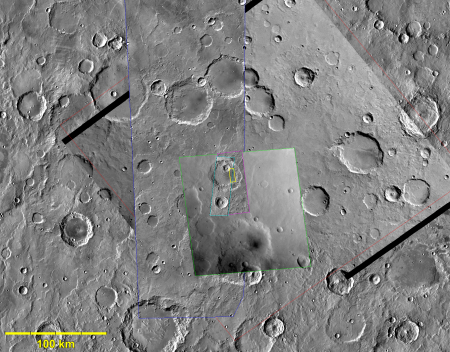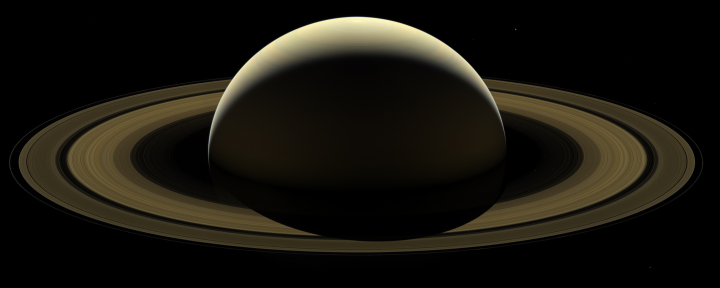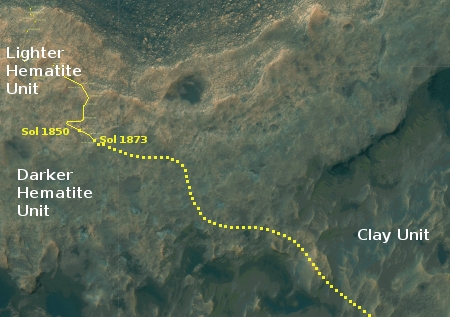India’s next launch might slip to 2018
India’s next PSLV commercial launch might slip to 2018, despite months of effort to resume launches in 2017 following the August 31 PSLV launch failure when the rockets fairing did not release.
“We are working towards it. It will be in the end of December or first week of January. In that time frame,” ISRO Chairman A S Kiran Kumar said.
Kumar also said ISRO will try to launch on an average of once a month in 2018. The article also mentions the new and very oppressive Indian space law that has been proposed.
Asked whether the Space Activities Bill, 2017 would come up during the Budget session of Parliament, Kiran Kumar said “We have now put it in public comments. It would have to go through a set of discussions. The process has started.”
The draft of the proposed Bill to promote and regulate space activities of India, along with encouraging the participation of the private sector, has been uploaded on the ISRO website for comments from stakeholders and the public. [emphasis mine]
The highlighted text is typical of all news reports coming from India. The law does no such thing, and in fact will strongly discourage any work by the private sector. It appears that in India reporters either do not read the text of laws they are reporting on, or they really do not have freedom of the press there.
India’s next PSLV commercial launch might slip to 2018, despite months of effort to resume launches in 2017 following the August 31 PSLV launch failure when the rockets fairing did not release.
“We are working towards it. It will be in the end of December or first week of January. In that time frame,” ISRO Chairman A S Kiran Kumar said.
Kumar also said ISRO will try to launch on an average of once a month in 2018. The article also mentions the new and very oppressive Indian space law that has been proposed.
Asked whether the Space Activities Bill, 2017 would come up during the Budget session of Parliament, Kiran Kumar said “We have now put it in public comments. It would have to go through a set of discussions. The process has started.”
The draft of the proposed Bill to promote and regulate space activities of India, along with encouraging the participation of the private sector, has been uploaded on the ISRO website for comments from stakeholders and the public. [emphasis mine]
The highlighted text is typical of all news reports coming from India. The law does no such thing, and in fact will strongly discourage any work by the private sector. It appears that in India reporters either do not read the text of laws they are reporting on, or they really do not have freedom of the press there.





